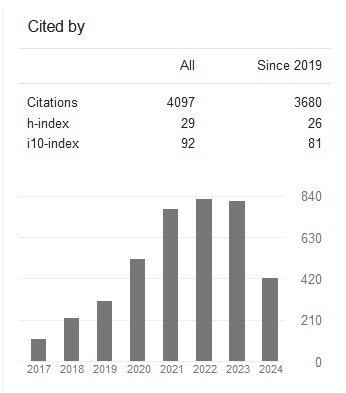Effect of amended Geosynthetic Clay Liners (GCLs) on chromium contaminated leachate( Vol-8,Issue-11,November - November 2022 ) |
|
Author(s): Sharmila Devi Maurya |
|
Keywords: |
|
|
Contamination, Geosynthetic clay liner, Leachate, Peanut shell ash. |
|
Abstract: |
|
|
Contamination of heavy metals has a detrimental effect on human health. Facilities for the disposal of municipal solid waste are among the possibilities that contaminate groundwater and the environment the most. Leachate is the term for the fluid that results from the anaerobic oxidation of solid waste in landfills. Depending on the type of waste, leachate comprises organic, inorganic, and heavy metals. The primary problem in developing countries is the leachate-related contamination of ground and surface water. Cr (Chromium), one of the heavy metals contained in the leachate, is one of the majority of heavy metals that are carcinogenic in nature. In the leachate sample, the concentration of Cr was determined to be 0.178 mg/l, more than double the allowed limit of 0.1 mg/l. Reducing the Cr concentration in leachate samples after passing through a modified geosynthetic clay liner is the goal of this study (GCL). The modified geosynthetic clay liner was created by mixing various amounts of Peanut Shell Ash (PSA) with encapsulated Sodium Bentonite (Na-B) in commercial GCL (0%, 5%, 10%, 15%, 20%, 25%, 30%, 35%, 40%, 45%, and 50%). |
|
| Article Info: | |
|
Received: 11 Oct 2022; Received in revised form: 25 Oct 2022; Accepted: 01 Nov 2022; Available online: 06 Nov 2022 |
|
Cite This Article: |
|
| Show All (MLA | APA | Chicago | Harvard | IEEE | Bibtex) | |
Share: |
|

 DOI:
DOI: 



























